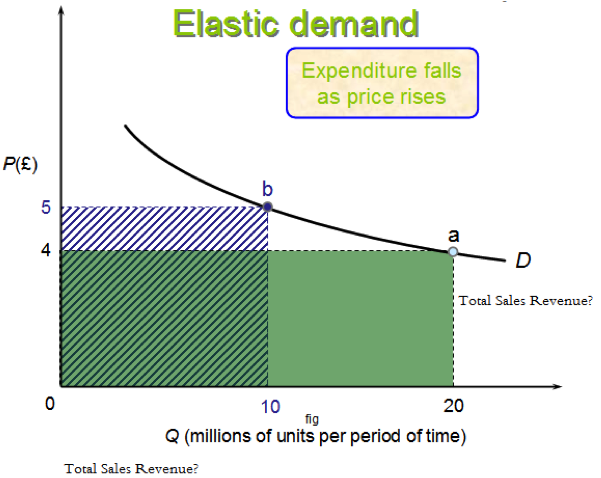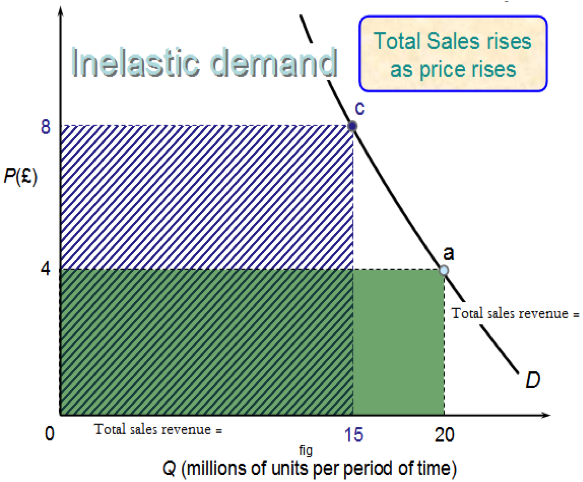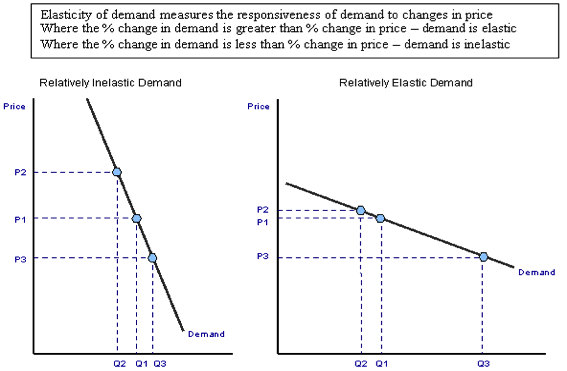Price Elasticity of Demand
Price of Elasticity of Demand (PED)
Recap on D and S Curve: can you do the following?
In the exam you’ll be expected to:
-
Show the effect of certain events upon the market.
-
Decide if events will shift the D/S curve left or right.
-
Show any changes to the equilibrium price and quantity.
-
Explain in writing your reasoning.
Elasticity
This topic is probably one of the most difficult ones that we will study. The topic is an important concept and will explain much about economic and business behaviour.
Elasticity is all about how much one variable changes in response to a change in another related variable.
We know that a change in price brings about a change in quantity demanded. What we don’t know is by how much. This is what price elasticity of demand is all about.
Definition: Price elasticity of demand measures the responsiveness of quantity demanded to a change in price.
This will give a numerical answer which will tell us the degree of elasticity and also if the good/service is price elastic or inelastic.
PRICE ELASTIC – luxury product, change in price = big change in demand.
PED = <-1
UNITARY PRICE ELASTICITY – price change causes the same proportional change in quantity demanded.
PED = -1
PRICE INELASTIC – necessity product – change in price = small change in demand.
PED = between 0 and -1
Why is the answer always negative? Because price and quantity move in opposite directions. If there is a positive price increase, what happens to quantity? If there is a negative price decrease, what happens to quantity? Therefore one variable is always a minus, which means that the answer will also be a minus
Tip - Do not judge yourself if the product is a luxury or a necessity. Let the maths show you!
Why is PED important?
- Marketing – know what may happen to its demand if it changes the price.
- Branding – try to persuade that it’s a necessity to be inelastic (e.g. iphone)
_- Total Revenue __– changing price can dramatically affect total revenue. A business needs to know _what may happen if it changes price, for whatever reason
In general, increasing price (if possible) is a good thing with price inelastic goods and services, but not if they are price elastic. The opposite is true.
For businesses, high price elasticity goes together with being in a highly competitive market (mass more so than niche). There are many substitutes to luxury products!
Factors that affect the degree of PED
-
Number and closeness of substitutes – more substitutes, more price elastic (drastic!) it will be. Closeness is important as well – e.g. Nescafe and Maxwell House are close. Tetley, not so close.
-
Luxury or necessity – luxuries = price e__l__astic. Necessities = price __in__elastic.
-
Proportion of income spent on good - linked to above point. E.g. 10% increase in matches vs cars!
-
Frequency of purchase – we’re more aware of the prices of things we buy frequently. Repeat purchases increase the proportion of our income spent on them too. Therefore higher PED. E.g.Milk.
-
Time scale – in short term, products are price inelastic than in the long term. E.g. petrol prices, no choice but to buy this necessity so price inelastic in the short term. But this will inspire innovation and more fuel efficient cars and demand for fuel will be price elastic in the long term.



